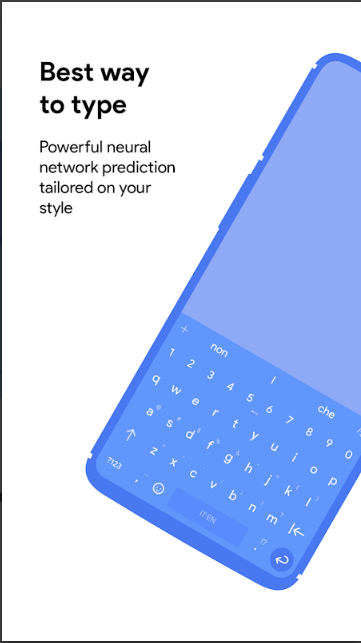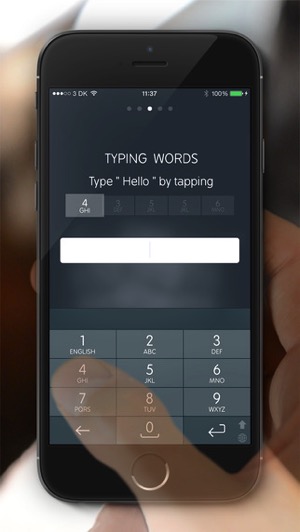


Today, predictive text lives in the liminal space between what you will type and what you mean to type.

And even that system pales in comparison to the hyper-efficiency of stenotype machines, which court reporters rely on to type out transcripts at record speeds. The QWERTY system that most modern keyboards are built on, which dates back to the 1870s, also somewhat optimizes for common letter combinations. These handcrafted machines place Chinese characters next to one another based on how frequently they might be used together. Some scholars see mid-20th century Chinese typewriters as a basis for predictive text. The system would figure out that typing 8-4-3 usually meant I wanted to write “the.”īut the concept dates back much further. Instead of cycling through the letters coded for each number, I could select T9 and press one number at a time. I first noticed predictive text on my first LG flip phone in 2007. Nepal has adopted the digital payment platform backed by the Indian government Or subscribe via: Apple Podcasts | Spotify | Google | Stitcher. For more intel on productivity innovation, listen to the Quartz Obsession podcast episode on Google Docs.


 0 kommentar(er)
0 kommentar(er)
